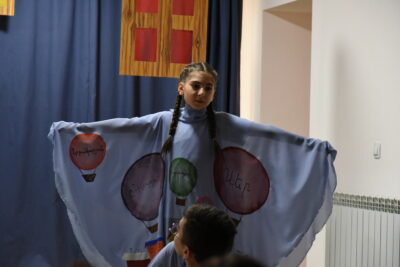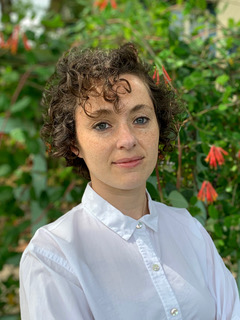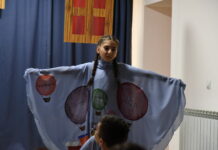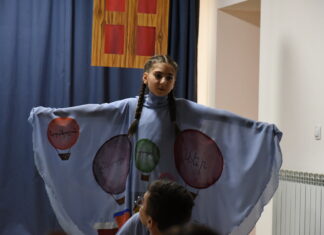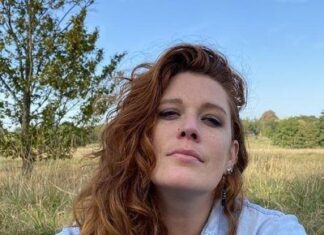When so much seems lost to our governments’ policies of war and destruction, it is good to know that art is still available to open our eyes to a different way of looking at the world. “If we do not rebuild the world, mankind will perish,” says Zarouhie Abdalian, a 39-year-old artist from New Orleans, whose entire oeuvre is propelled by her desire for change.
Zarouhie is best known for her site-specific sculptures and installations. Although trained in traditional techniques, like painting and ceramics, where the artwork can be moved from one exhibit space to another exhibit place, Zarouhie soon became interested in the contexts in which people encounter art. This context includes the viewer and the place where the artwork is viewed. “I start with a specific location — its physical characteristics, social situation, history etc., to determine what I will make. A context-specific installation is produced for a particular place and a particular time; it cannot be moved without changing its meaning and purpose,” explains the artist.

Zarouhie’s work has been featured in countless exhibits, both solo and group, across the United States, and also in museums around the world, extending from Mexico, the United Kingdom, France, the Netherlands, Austria, Germany and Norway, to China, Russia, Australia and South Africa. Her installations are on permanent display at the Whitney Museum of American Art, New York, NY, the San Francisco Museum of Modern Art, Berkeley Art Museum, and others. Zarouhie is a graduate of Tulane University in New Orleans (BA, summa cum laude) and of the California College of the Arts, in San Francisco (MFA). The young artist is featured in an impressive bibliography of articles in prestigious art reviews, journals and magazines, like Art Review, Art in America, New York Times, Los Angeles Times, Wall Street Journal and New Yorker.
I started this piece with the intention of introducing Armenians to one of theirs. I was surprised, however, to discover a woman who has kept close to her roots and who has travelled to Armenia, three times already. Speaking of Shushanik Kurghinian, the early-20th-century socialist feminist writer from Armenia, described as having “given a voice to the voiceless,” Zarouhie says: “I can’t believe it took me nearly 40 years to — rather accidentally — come across her work but am grateful to be able to read her now. Everyone should.” That confident tone pervades everything the artist says and does.
Zarouhie creates sculptures and sound installations that explore injustices, both past and present — the exploitation of labor, racism and militarism, among others. The deliberate, often unusual, choice of sites for her installations, like a derelict building, a downtown plaza, a homeless shelter, or a parking lot, reveals the relentless woman who will stop at nothing to bring, in her own words, “gaping inequalities and real atrocities” to light.
“threnody for the millions killed by silicosis” (2017) is a memorial to lives lost to silicosis, a disease endemic to miners, caused by the inhalation of silica. The banging and tapping heard throughout the exhibition depict the act of knapping, a process of making stone tools by striking with rocks. The whole exhibit is an invitation to thought and reflection.
